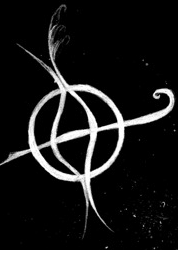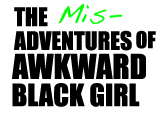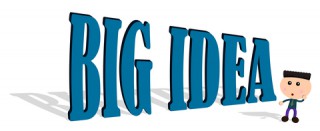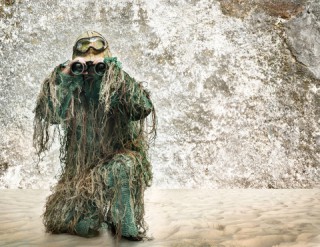To Prepare for submission there are 4 simple steps.
Step 1 – Choose your MENTOR Note: There is normally a small charge for Mentor’s time but for this Lab(April 2016) Mentor’s time is FREE
Step 2 – Move into the WORKSHOP
Step 3 – Develop your DRAMATIC WORLD, review with your Mentor and make any changes they suggest
Step 4 – Ask your Mentor to APPROVE and then SUBMIT your Dramatic World
The Mentor’s approval of your dramatic world will automatically identify your work as ready for the Companies to look at
To help you there is a quick summary below outlining how each of these steps works
Choosing Your MENTOR
When you are ready to talk to a mentor:
 Click on Hire a Mentor in the left hand menu This will bring you to our list of Mentors. (NB there is up to 2 hours free Mentor time for this Lab).
Click on Hire a Mentor in the left hand menu This will bring you to our list of Mentors. (NB there is up to 2 hours free Mentor time for this Lab).
Select a mentor from the list, by clicking on their name. This takes you to their full profile.
At the bottom of the profile there are 3 buttons Invite Mentor, Contact Mentor and a ‘Back’ button to return the main list.
 If you are interested to work with a particular Mentor, click on ‘Contact Mentor’ and you will see a message box where you can introduce yourself, give them an outline of your project and an idea of the type of end product (video, e-book, game, animation) that you think would suit your idea.
If you are interested to work with a particular Mentor, click on ‘Contact Mentor’ and you will see a message box where you can introduce yourself, give them an outline of your project and an idea of the type of end product (video, e-book, game, animation) that you think would suit your idea.
They will then tell you if they are able to work with you and we will link them to your project
MOVE INTO THE WORKSHOP
Click on the group admin icon in your group page menu.
![]() This will take you to the group admin page where there is a link move into the workshop.
This will take you to the group admin page where there is a link move into the workshop.
 NOTE you will need to choose your mentor and have them linked to your Project BEFORE you can move into the workshop
NOTE you will need to choose your mentor and have them linked to your Project BEFORE you can move into the workshop
Members of your group will need to vote to move into the Workshop. If you are working on your own you will it will happen automatically. If you are working in a group of two or more you will enter the workshop as soon as more than 50% have voted in favour
Building your Dramatic World and Working with Your Mentor
In the Workshop your Mentor can advise you about changes they would recommend to give your Dramatic World the best chance of being chosen by one of our Lab Companies.
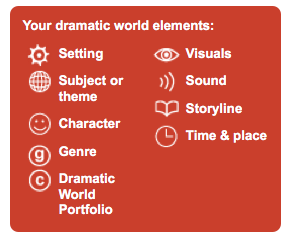 When you and your Mentor have agreed all the different elements of your Dramatic World portfolio then the mentor can approve them for the final submission.
When you and your Mentor have agreed all the different elements of your Dramatic World portfolio then the mentor can approve them for the final submission.
You are then ready to:
Submit to the Lab
Once your Mentor has approved your Dramatic World portfolio as ready for the Lab, Companies can start looking at your work.
Companies review the Dramatic Worlds and if they like a World and think it has commercial potential for them, they can propose a project for the group to work on during the Lab. The target start date for the Lab is 1st June.
Useful Bcre8ive Blogs
‘When Worlds Change’ – what happened in the last Lab https://blog.bcre8ive.net/when-worlds-change-the-bcre8ive-lab-process/
Creating Your Dramatic World https://blog.bcre8ive.net/creating-your-dramatic-world/
Genre issues https://blog.bcre8ive.net/what-genre-is-your-dramatic-world/
Dramatic Worlds – setting and themes https://blog.bcre8ive.net/the-importance-of-setting-and-theme-in-creating-tv-drama-series/










